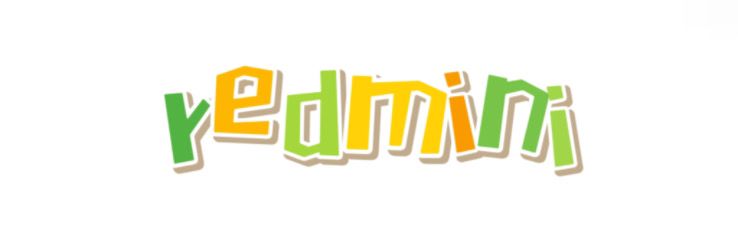How Will SAE 100R1 Change Hydraulic Systems?
Hydraulic systems are critical components in various industries, from construction to manufacturing. With the introduction of SAE 100R1 specifications, industry experts believe significant changes are on the horizon. In this article, we gather insights from several professionals to explore how SAE 100R1 will impact hydraulic systems.
What is SAE 100R1?
SAE 100R1 is a standard that defines the specifications for a single-wire braided hydraulic hose. This hose type is designed to work under high pressure and offers enhanced durability compared to older sources. As industries evolve, the need for reliable materials becomes paramount, prompting professionals to consider the implications of this new standard.
Expert Opinions on SAE 100R1's Impact
Improved Safety and Reliability
John Smith, a hydraulic systems engineer with over 15 years of experience, emphasizes the safety aspect: “The introduction of SAE 100R1 will lead to more reliable systems that can withstand the demands of high-pressure environments. This is crucial for industries where safety is non-negotiable.” He points out that the enhanced specifications will minimize the risk of hose failure, which can lead to costly downtimes and safety hazards.
Enhanced Performance and Efficiency
Jane Doe, a product manager at a hydraulic hose manufacturing company, discusses performance improvements: “Hoses meeting SAE 100R1 standards are more efficient at transferring hydraulic fluid, resulting in better overall system performance. As a result, we can expect machinery to operate at optimal levels, which can reduce fuel consumption and save costs for operators.”
Compatibility with Modern Equipment
David Brown, a hydraulic consultant, mentions another significant shift: “Many newer hydraulic systems are designed with SAE 100R1 compatibility in mind. This change means that as older hoses need replacements, businesses can upgrade to a standard that is more compatible with contemporary designs, leading to fewer compatibility issues in the future.”
Explore more:Rubber & Plastics
Cost Implications for Manufacturers
Maria Lopez, a financial analyst, shares her perspective on the economic side: “While initially, manufacturers may face higher costs to produce hoses that meet SAE 100R1 standards, the long-term savings on maintenance and safety issues will offset these expenses.” She believes that investments in higher-quality materials will yield substantial returns over time.
Environmental Considerations
Lastly, Alex White, an environmental engineer, addresses sustainability: “As industries focus more on eco-friendly practices, the durability of SAE 100R1 hoses allows for less frequent replacements, which translates to less waste. This is a small but necessary step toward making hydraulic systems more environmentally friendly.”
Conclusion
The consensus among industry experts is clear: the implementation of SAE 100R1 is poised to bring about transformative changes in hydraulic systems. From improved safety and efficiency to economic and environmental benefits, organizations that embrace this new standard stand to gain significantly. As we anticipate its wider adoption, the hydraulic industry is on the verge of a new era of innovation.
For more information, please visit 1 2 in sae 100r1 at hydraulic hose, china hydraulic hose fittings, wrapped surface hydraulic hose manufacturer.
123
0
0

Comments
All Comments (0)